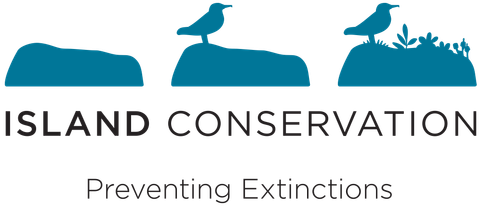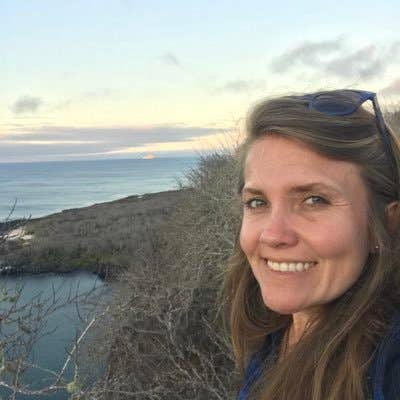As a little girl, I dreamed I had the power to help animals. At that moment it wasn’t clear to me how I could do that. But with time, I realized that by becoming a veterinarian, I could indeed do just that. I realized that I did not want to work with the cute little puppy or expensive race horse, but instead with the enigmatic Jaguar and swift Peregrine Falcon. So, I became a wildlife veterinarian.
“Que bonita!” Veterinarian Paula A. Castaño says with delight as she watches Pinzon Giant Tortoise hatchlings emerge from their burrow for the very first time. Paula doesn’t tend to the usual household pets you might imagine such as cats and dogs. Much of her career has been spent working with wild species including Jaguars, land iguanas, raptors, land iguanas, Darwin Finches, and the Floreana Mockingbird.
Paula also works with the community to keep human-wildlife conflict at bay. She’s helped farmers set up coops that protect chickens from local short eared owls and Galapagos hawks. She is an instrumental member of the Floreana Island Ecological Restoration Project, where she coordinates all environmental aspects of the project, including species reintroduction. “Because of this project and the support it receives, I have hope for the iconic species of this unique place that I like to call ‘Paradise’ and that has become my second home,” Paula says.
Paula credits female veterinarians for inspiring her to pursue the work she does today. “I have had the privilege of being surrounded by many amazing women in science throughout my career development,” she said. “Each and every one of them has helped me become what I am today and to reach my long-term career goals in conservation.”
Top photo: Galápagos Flycatcher (photo courtesy of Island Conservation)
Partners


